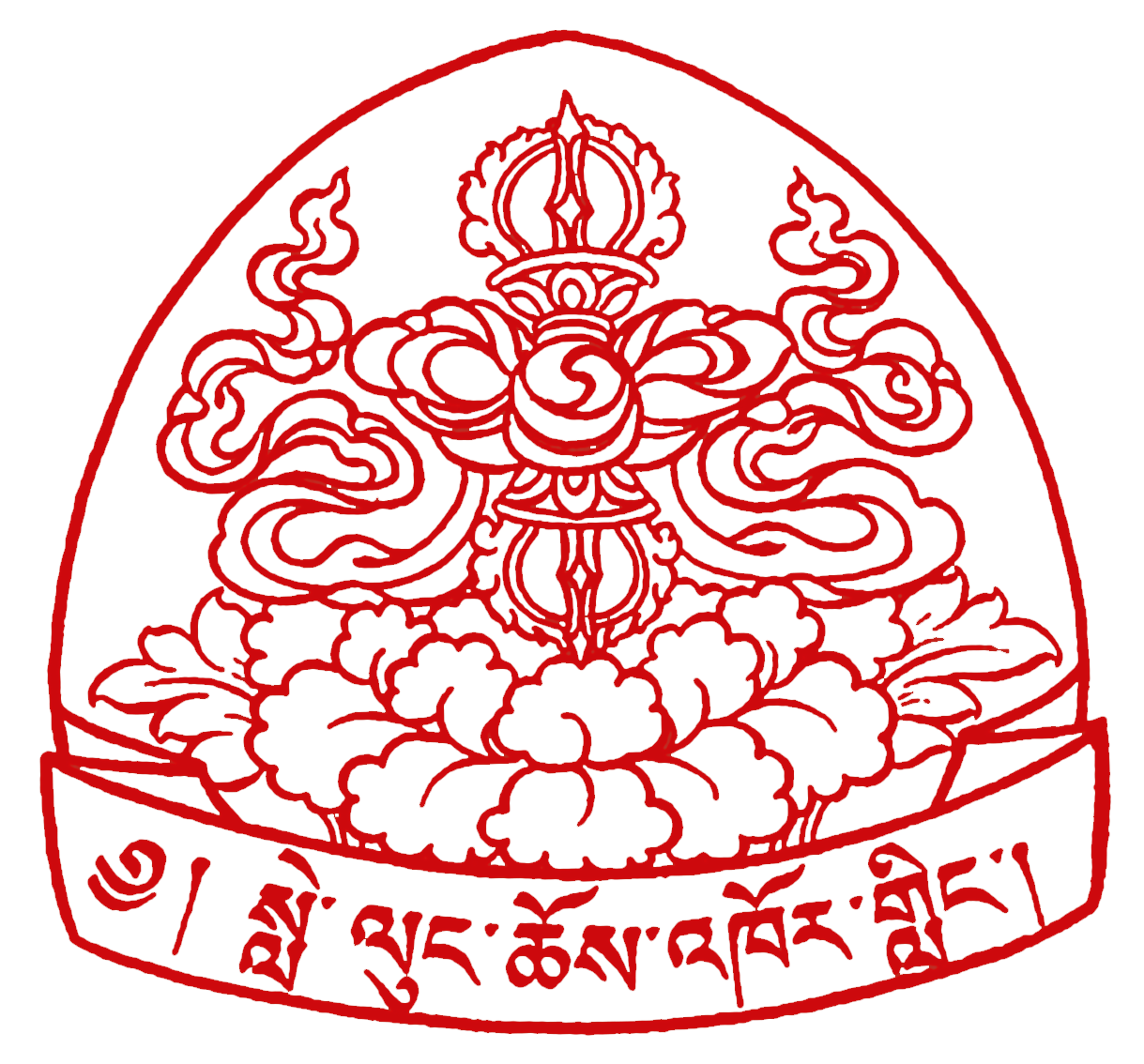Gelug
The Geden tradition of Tibetan Buddhism also known as the Gelugpa School was founded in the 14th century by the highly revered Buddhist master, scholar and yogi Je Tsongkhapa. Tsongkhapa's legacy is tremendous and he is credited with having revitalised many teaching lineages which would otherwise have become extinct. Lelung Rinpoche is now spearheading an important project to preserve Tsongkhapa's lineage for future generations.
Nyingma
Nyingma (Tib. རྙིང་མ་, Wyl. rnying ma) — the Nyingma, or Ancient school of Tibetan Buddhism is the name given to the followers of those original translations of the teachings of the Buddha into Tibetan which were carried out up until the time of the Indian translator Smrtijñanakirti in the late tenth century. They are known as the ‘Earlier Translation School ‘, Ngagyur Nyingma (Wyl. snga 'gyur rnying ma), distinguishing them from the ‘New Schools’, Sarma, such as the Kadam, Kagyü, Sakya, and eventually Geluk, which followed the later translations made from the time of the great translator Rinchen Zangpo (958-1055) onwards.
Sakya
Sakya (Tib. ས་སྐྱ་, Wyl. sa skya), which is one of the four main traditions of Tibetan Buddhism, takes its name from the Sakya Monastery, founded by Khön Könchok Gyalpo in 1073. The name Sakya literally means 'grey earth', and is a reference to the unusually pale colour of the earth at the site. Due to the widespread influence of the monastery's earliest masters, especially the so called 'Five Sakya Patriarchs', it quickly developed into one of the main schools in Tibet, developing a special reputation for scholarship. The most important teaching within the Sakya tradition is the Lamdré, or 'Path with Its Fruit', a series of meditation instructions associated with the Hevajra Tantra.
Kagyu
Kagyü (Tib. བཀའ་བརྒྱུད་, Wyl. bka' brgyud) — one of the four main traditions of Tibetan Buddhism. The Kagyü tradition is one of the ‘Sarma’ or ‘new’ schools that mainly follow the tantras translated during the later transmission of the Buddhadharma to Tibet around the 11th century. Often called ‘the Practice Lineage’, the Kagyü tradition places great emphasis on intensive meditationpractice, and on guru yoga, the power of devotion and the transmission from master to disciple. Apart from Tibet and all across the Himalayan regions, the Kagyü tradition has a very strong following in South East Asia and Malaysia, and has long since taken root in the West.
The name ‘Kagyü’ is sometimes said to refer to ‘the lineage of the four instruction transmissions’ (kabab shyi gyü) held by the mahasiddha Tilopa from Bengal.
